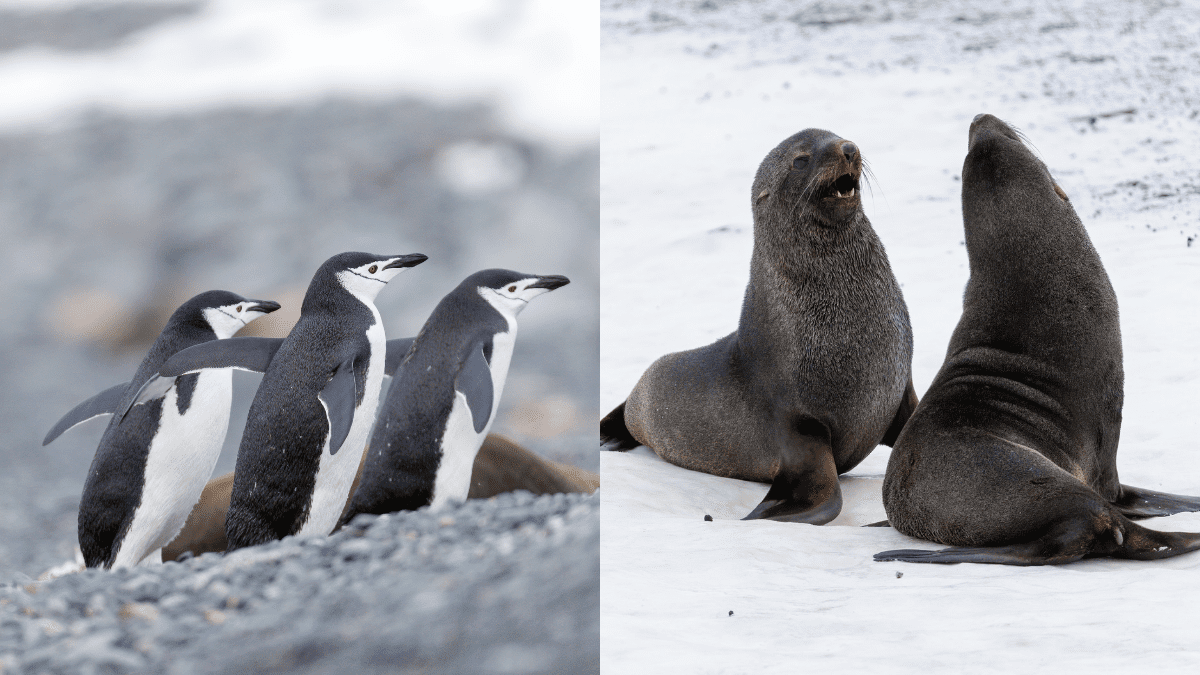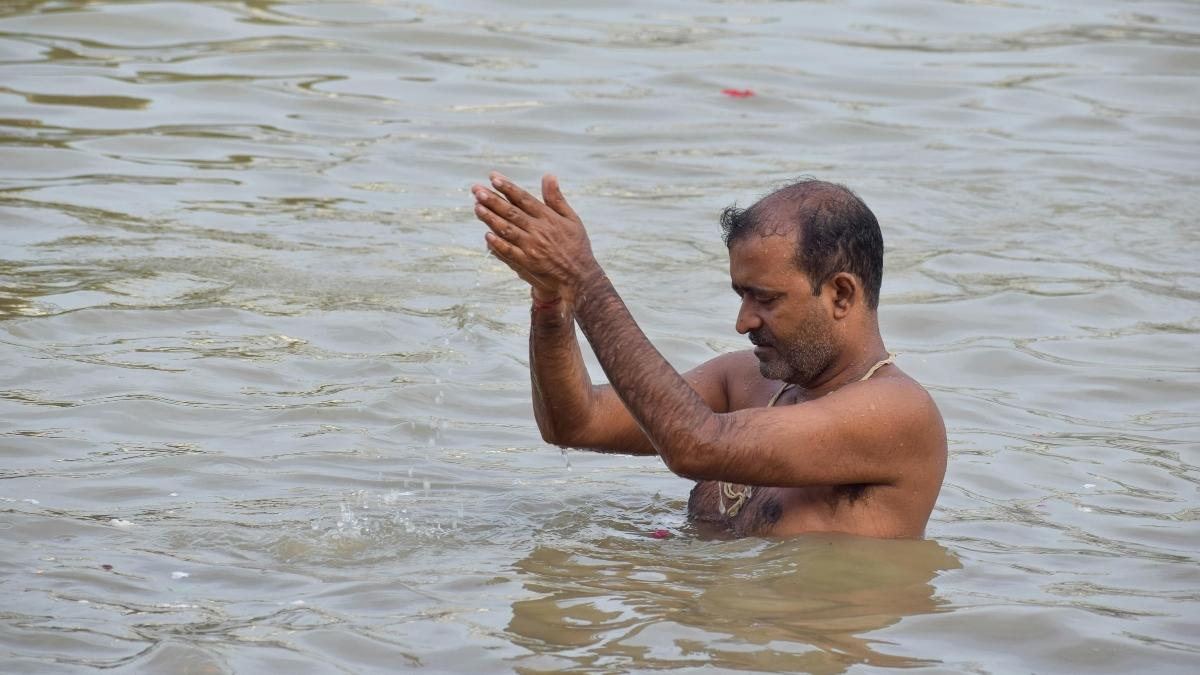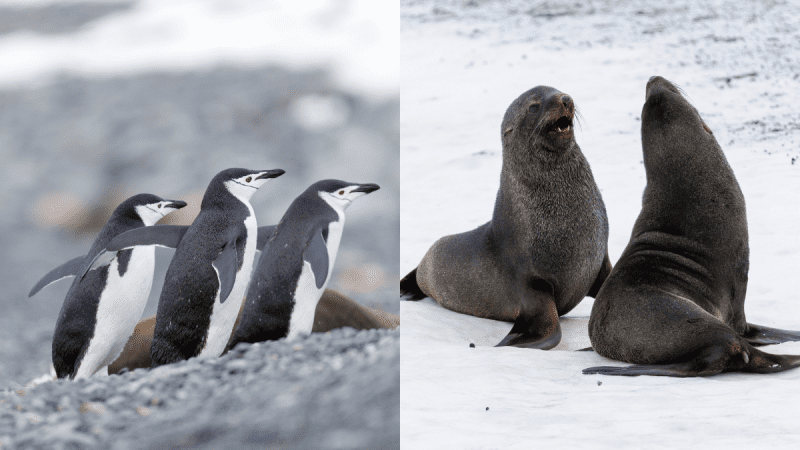The pristine white expanse of Antarctica might seem an unlikely place for sunburn, but a worrying trend is putting its wildlife at risk. Scientists have observed a lengthening of the period during which the ozone hole lingers over the continent, exposing seals, penguins, and other creatures to harmful levels of ultraviolet (UV) radiation. This thinning of the Earth’s natural sunscreen is a stark reminder of the ongoing impact of climate change.
The Ozone Hole And Increased UV Radiation
View this post on Instagram
The ozone layer acts as a shield in the upper atmosphere, absorbing the sun’s ultraviolet rays, particularly the damaging UV-B type. These rays are linked to an increased risk of skin cancer and cataracts in humans. While the exact effects on Antarctic wildlife remain under investigation, the extended exposure is certainly cause for concern.
The good news is that international cooperation has led to significant progress in tackling the problem. The Montreal Protocol, a landmark environmental agreement, phased out the use of chlorofluorocarbons (CFCs), the main culprits behind ozone depletion. As a result, the ozone hole is slowly healing, though it’s a long-term process.
Also Read: 8 Mysterious Facts About Antarctica You Should Know!
Wildlife Exposed During Critical Months
View this post on Instagram
However, recent studies show a worrying shift. The Antarctic ozone hole, which typically forms in the spring, is now persisting well into the summer months. This extended period of vulnerability coincides with a crucial time for Antarctic wildlife. With less sea ice cover due to rising temperatures, creatures like penguins spend more time exposed on land, directly under the harsher UV rays.
While fur and feathers offer some protection, there’s a chance these animals could develop health problems like eye damage, weakened immune systems, and potentially even cancer. The long-term effects on Antarctic ecosystems are yet to be fully understood, but the potential consequences are concerning.
Scientists view this phenomenon as a “wake-up call.” It highlights the interconnectedness of our planet and the far-reaching effects of human actions. The continued adherence to the Montreal Protocol and further efforts to combat climate change are crucial to ensure a healthy future for Antarctica’s unique wildlife. Research into the specific impacts of UV radiation on Antarctic species is also vital to develop effective conservation strategies.
Also Read: 8 Places In The World Where You Can Spot Penguins In Their Habitat
The plight of these sunburnt Antarctic animals serves as a powerful reminder of our responsibility towards the environment.
Cover Image Courtesy: Canva (Representative Image)
For more such snackable content, interesting discoveries and the latest updates on food, travel and experiences in your city, download the Curly Tales App. Download HERE. First Published: May 03, 2024 6:30 PM




